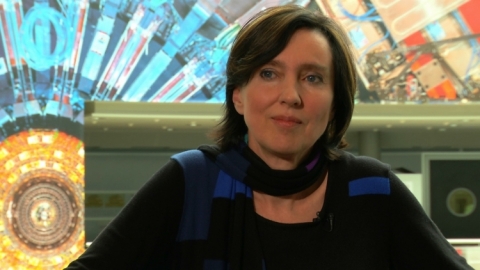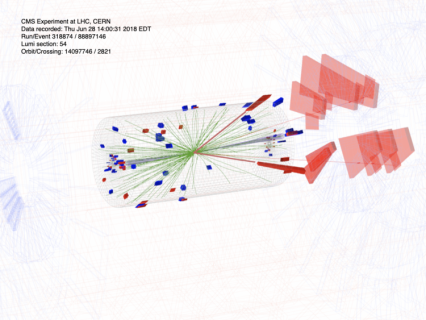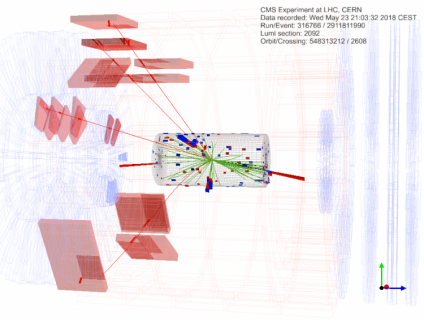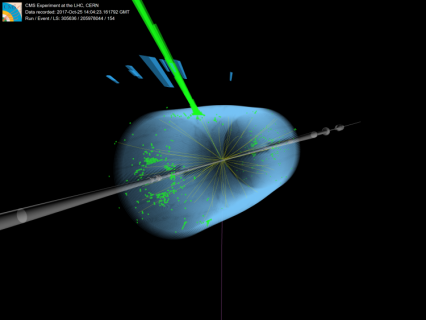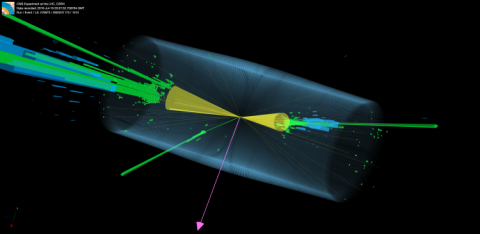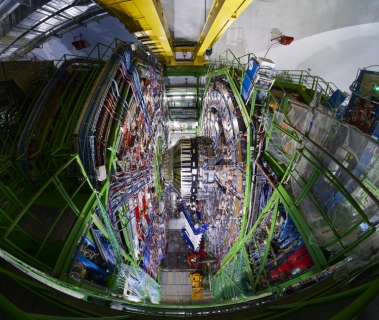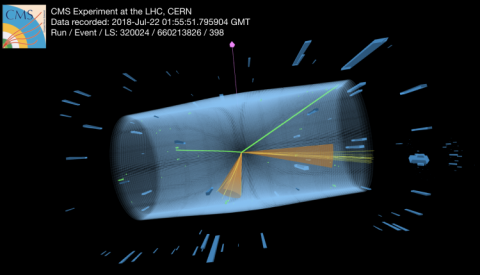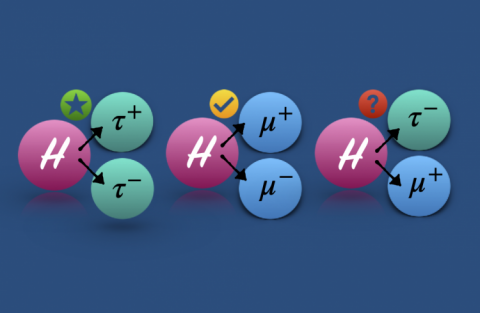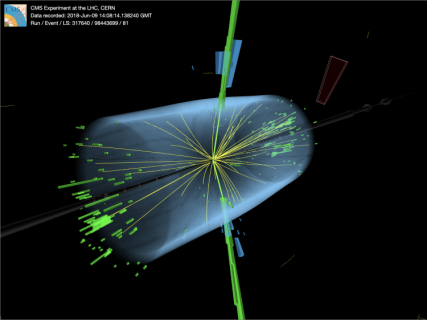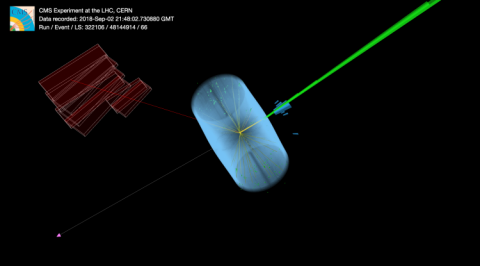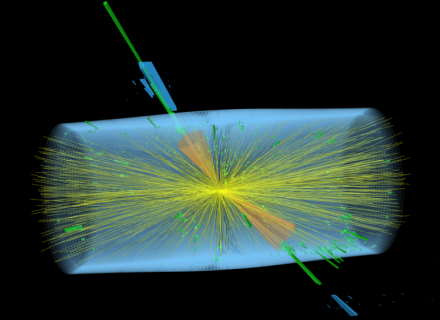The CMS collaboration has submitted a paper with a new, precise analysis of the data enriched in the Higgs boson decays to four leptons. Simultaneous measurement of the Higgs boson production and decay was essential in this analysis.
Search for New Physics with one charged lepton and missing energy
Experimental evidence from the last half-century has established the standard model as a foundational theory of particle physics. Still, it is clear that the standard model is not the final theory. There are many open questions: Is the mass of Higgs natural or fine-tuned?
One, two, three, W bosons bloom in the spring
The Standard Model of the fundamental particles describes the W and Z bosons as the mediator particles of the weak force, one of the four known fundamental forces responsible for the phenomenon
Hadron Calorimeter Next-Generation Clock Control Module Rework
Around the one-year anniversary of the firs
Low-energy leptons for high-energy physics
Since the LHC first began colliding protons over ten years ago, CMS physicists have hoped to find evidence for one of the most popular and expansive theories of New Physics -- Supersymmetry. The key idea of Supersymmetry (or “SUSY”) is to add a new symmetry of nature, which im
"To be, or not to be conserved, that is the question": Lepton flavor in Higgs boson decays
The term 'flavor' was introduced by Murray Gell-Mann and his student Harald Fritzsch to describe the different types of quarks known at the time – up, down, and strange – the list of quark flavors grew to six.
Searching for a hidden signal
The CMS Collaboration has released the results of a new analysis that looks for the subtle influence of “new physics” in the production of a W boson and photon pair.
Jetting through a droplet of matter from the early universe
High energy heavy-ion collisions provide a unique opportunity to study one of the four forces of nature, the strong force, under extreme conditions.

